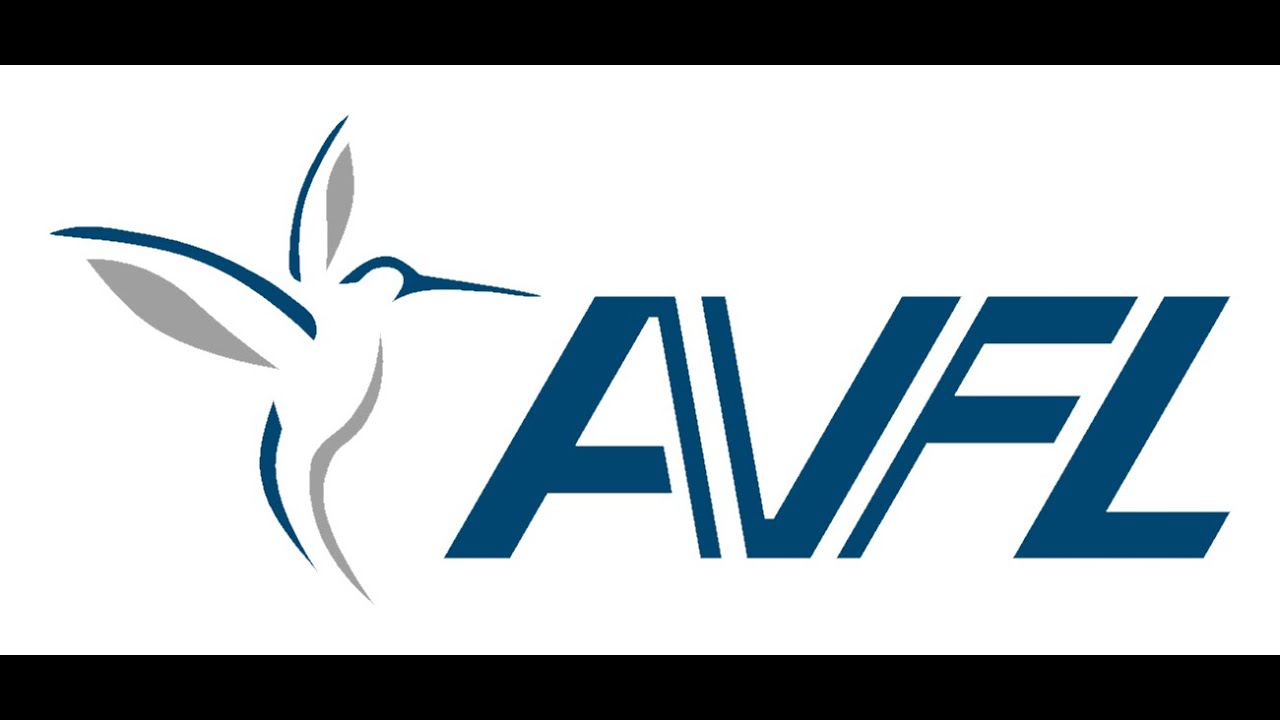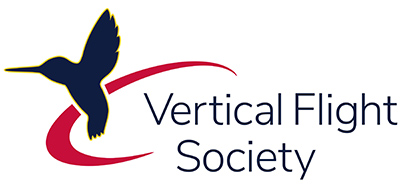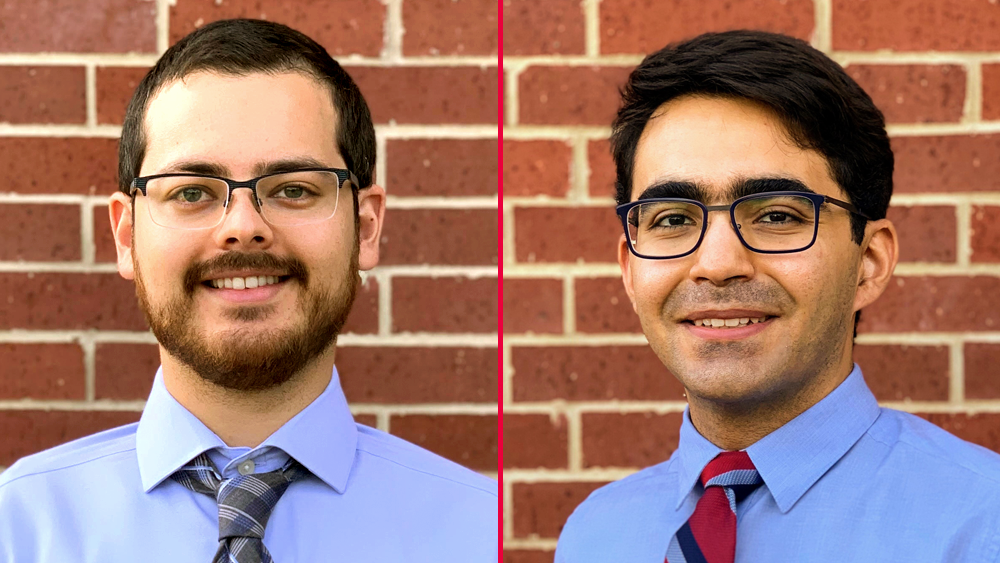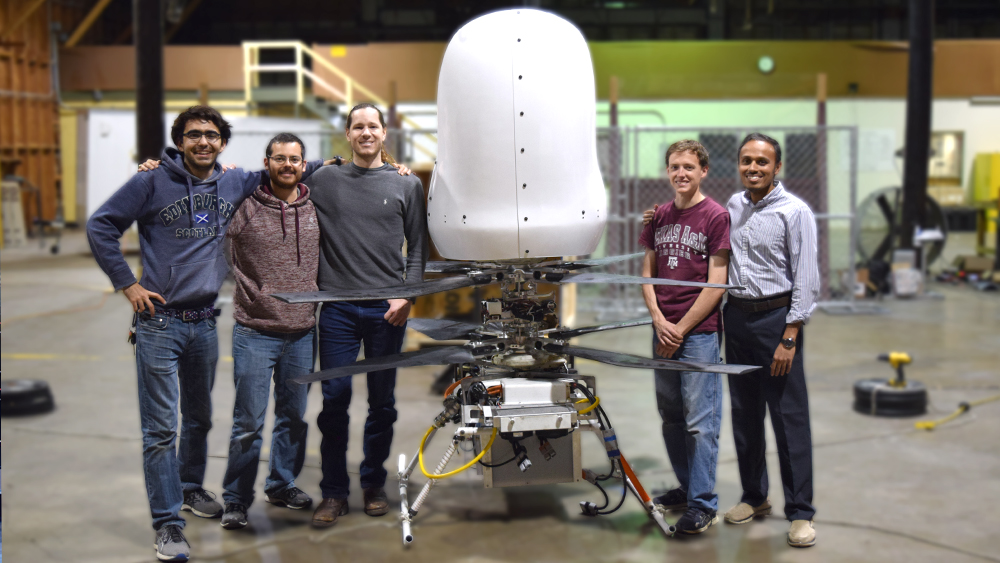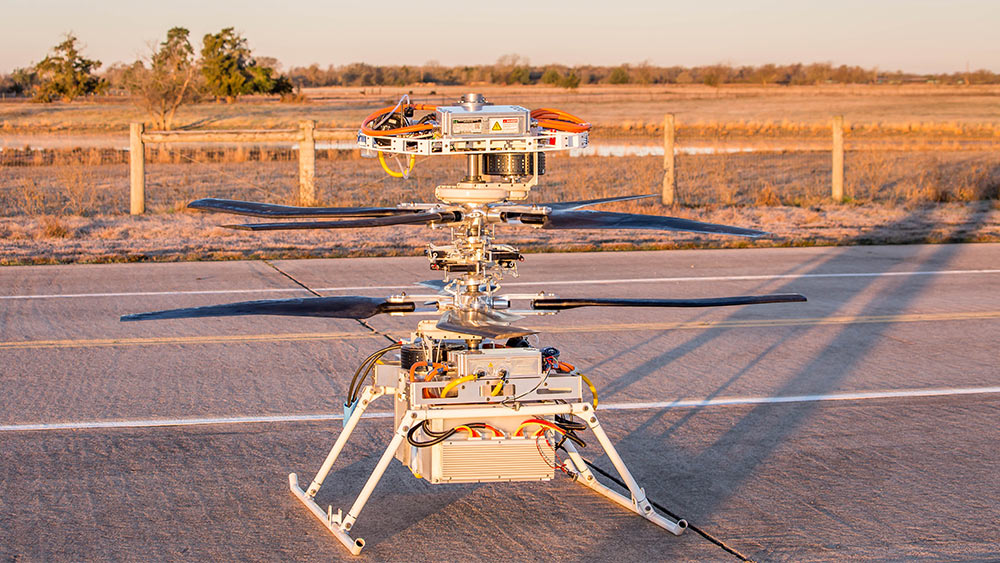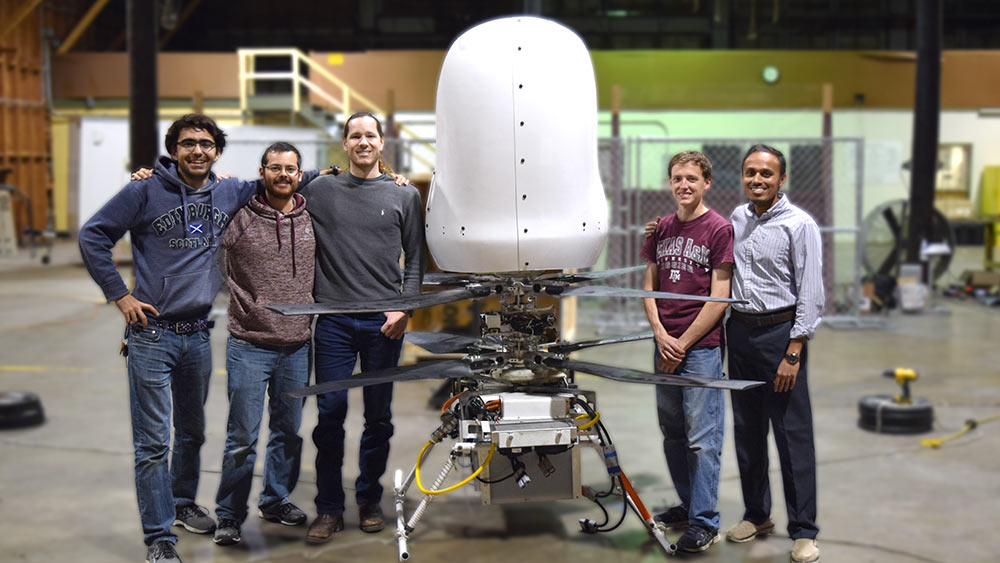The Advanced Vertical Flight Laboratory (AVFL) is a facility in the Aerospace Engineering Department of Texas A&M University that conducts inter-disciplinary fundamental research in the following broad areas:
Research interests
- Next generation vertical take-off and landing (VTOL) concepts
- Unmanned underwater and amphibious vehicle concepts.
- High efficiency vertical axis wind and tidal turbines
- Novel aircraft concepts for planetary exploration
- Active space debris removal concepts
- Energy efficient green aviation
- Autonomy for VTOL aircraft
- Electric VTOL powertrain
- Bio-inspired flight
- Quiet rotors

